What is the tolerance range of precision screws?
What is the tolerance range of precision screws?
Service Hotline
+86760-8787 8587We have more than ten years of production experience in the screw industry. The main products are: toothed screws, iron clip nuts, pillar heightened columns, storage box nuts, production of hex bolts, cup head half-tooth bolts, hook wall screws, DIN529 screws, Hexagonal nylon lock nut, GB889.2 nut, wear-resistant rubber gasket, carbon steel blue zinc hexagonal side through-hole pressure riveting nut column, butterfly anti-skid pad, step hexagonal nut, wing-shaped ingot hand-tightening nut and other fasteners, Due to the different materials and specifications of the products, the prices are also different, please contact us if necessary.


The Greek mathematician Arkutas once described the principle of screw, screw, screw. In the first century AD, the Mediterranean world had begun to use wood screws, screws, and screws in screw presses that could press olive oil from olives, or make wine from grapes. Before the fifteenth century, metal screws, screws, screws were rarely used as fasteners in Europe. Rybczynski (Rybczynski) proves that hand-held screwdrivers and screwdrivers existed in the Middle Ages (at the latest AD 1580), but it was not until the eighteenth century that threaded fasteners were commercialized and began to be widely used. . Before threaded fasteners were widely used, there were many different ways of tightening. Mostly related to woodworking and forging, and less to machining, concepts such as dowels and pins, wedges, tenon and tenon, dovetails, nails, forge welding, and others are tied with leather or fiber and tied together. Before the mid-nineteenth century, ships were built with cotter pins, pin bolts, or rivets. There were also adhesives, but not as many as they are here today. Metal screws, screws, and screws became commonly used fasteners after the use of machine tools in the 18th century to mass-produce screws, screws, and screws. This technology developed around the 1760s and 1770s, along two separate processes. Approaches, but quickly converged: wood screws, screws, screws (metal screws for wood fixing, screws, screws) are machined with single-purpose, high-yield machines, and low-volume, mold shop style production V-Thread Machine Screws, Screws, Screws, can choose from a variety of different pitches.
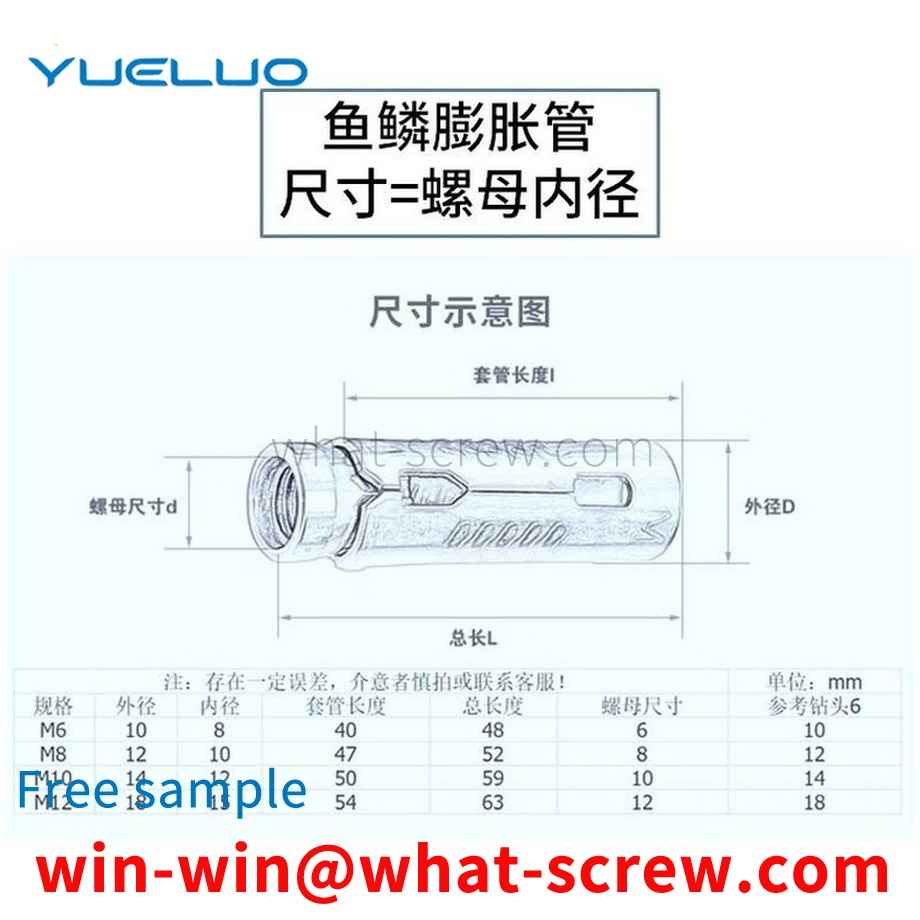
At present, the screws used by people are not provided with a device that does not loosen, especially in some key parts, if the screws are loosened, it will cause heavy losses. In order to overcome the current situation, there is no device on the screw to prevent the screw from loosening, which may cause heavy losses. Guangdong Yueluo Hardware Industry Co., Ltd. The inner part will not be loose, and it will save people the trouble of maintenance and reduce the hidden danger of accidents. The solution adopted by Guangdong Yueluo Hardware Industry Co., Ltd. to solve its technical problems is to make a special screw and nut, set a stop groove on the screw, and then set a stop rod on the nut. After the screw is tightened , let the backstop rod be stuck in the backstop groove to prevent the screw from loosening. The beneficial effect of Guangdong Yueluo Hardware Industry Co., Ltd. is to ensure that the screws will not loosen during the service period, reducing the hidden danger of accidents and reducing the maintenance rate. Guangdong Yueluo Hardware Industry Co., Ltd. is further described below in conjunction with the accompanying drawings and embodiments
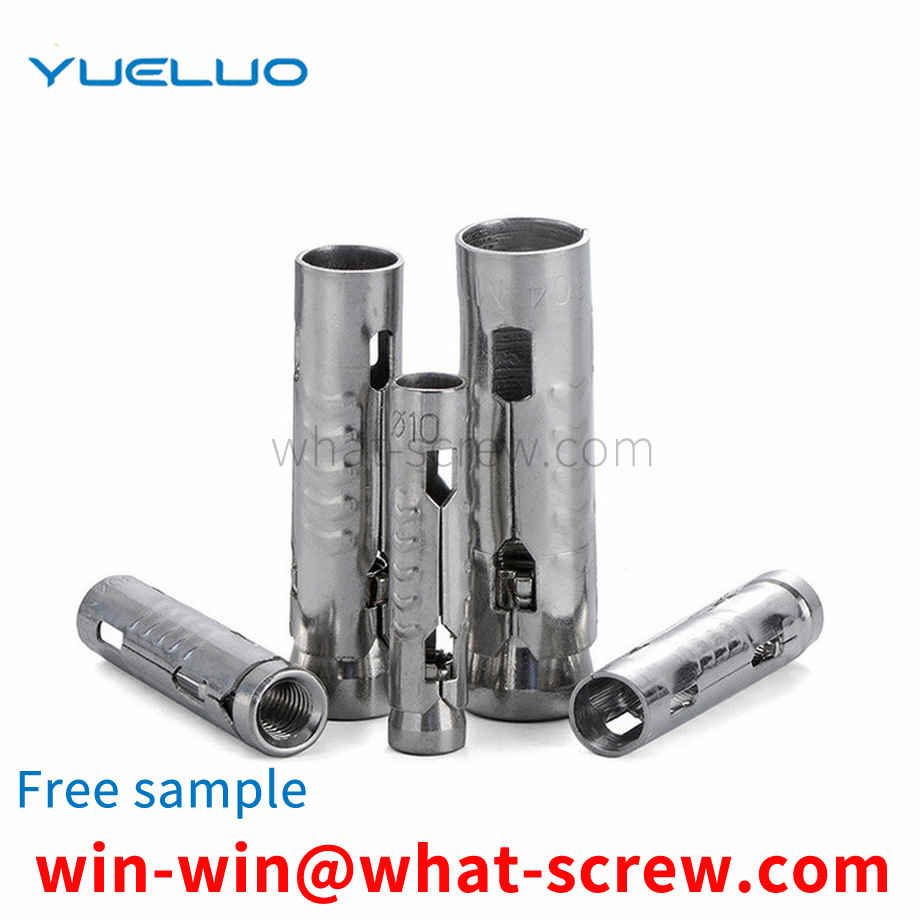
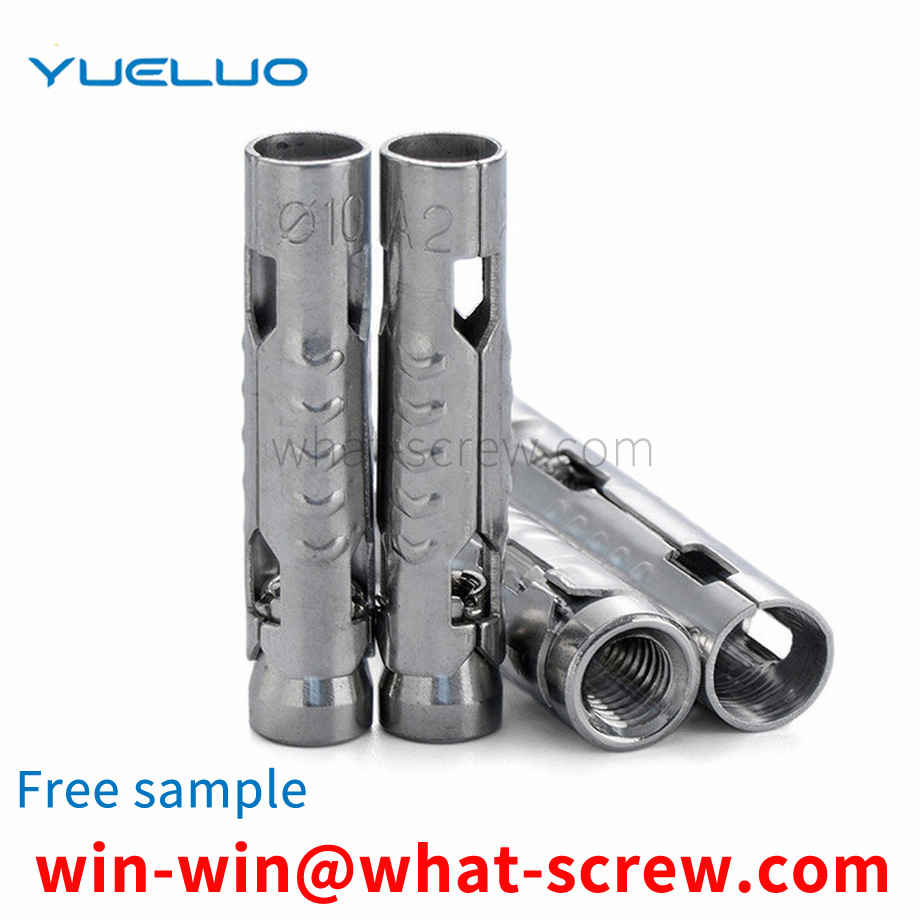
The technical problem to be solved by Guangdong Yueluo Hardware Industry Co., Ltd. is to overcome the deficiencies of the existing rivets. The purpose of this utility model is to provide a special rivet for railway freight cars, which can be reused and increase the safety factor. , to limit the movement of the collar in the circumferential direction.
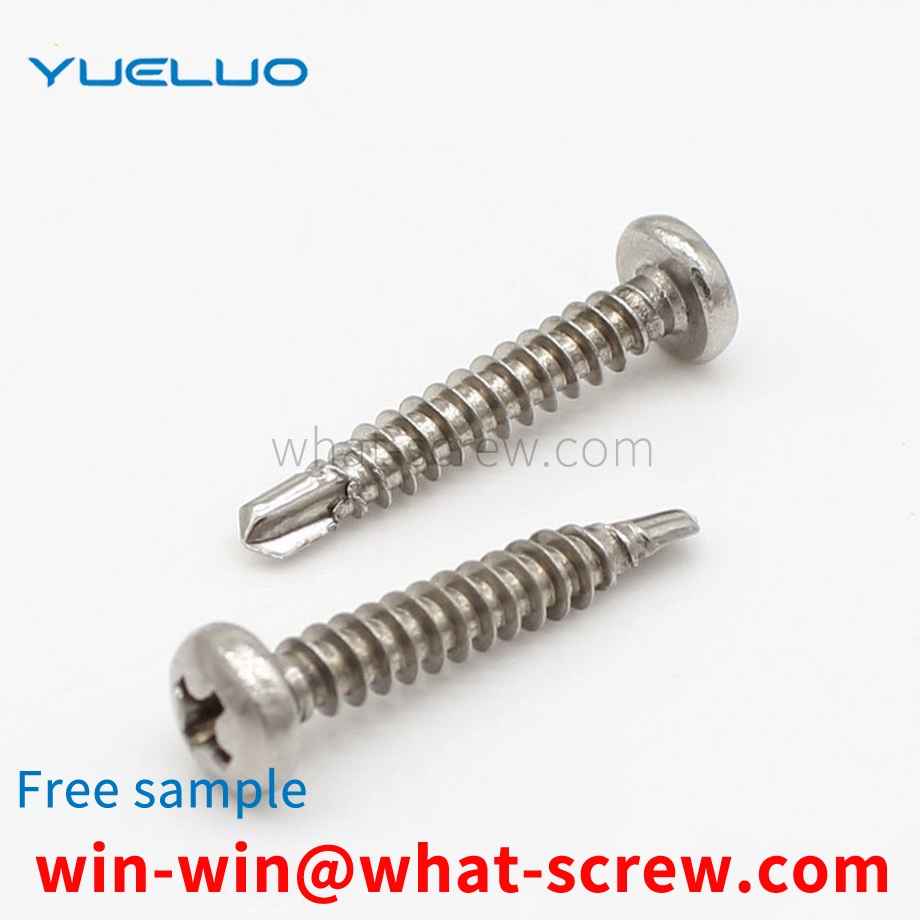
The flat key transmits torque on the side, has good neutrality, is easy to assemble and disassemble, and cannot realize the axial fixation of the parts on the shaft. Ordinary flat key: Type A, Type B, Type C, Type A is used for shaft grooves machined by end mills. The key is well fixed axially in the groove, but the stress concentration caused by the groove on the shaft is large; Type B is used for disc milling cutters. The machined shaft groove, the stress concentration of the shaft is small; the C type is used for the shaft end; it is suitable for high-speed, high-precision or occasions under variable load and impact, such as fixing gears, sprockets and other rotating parts on the shaft. Guided flat key: The key is fixed on the shaft with a screw, the key and the hub groove are in dynamic fit, and the parts on the shaft can move axially. For the convenience of starting the key, there is a key-starting screw hole. Use the occasions where the axial movement of the parts on the shaft is not large, such as the slip gear in the gearbox. Feather key: The key is fixed on the axle, and the parts on the shaft can move axially with the key; it is used in the occasions where the axial movement of the parts on the shaft is large;
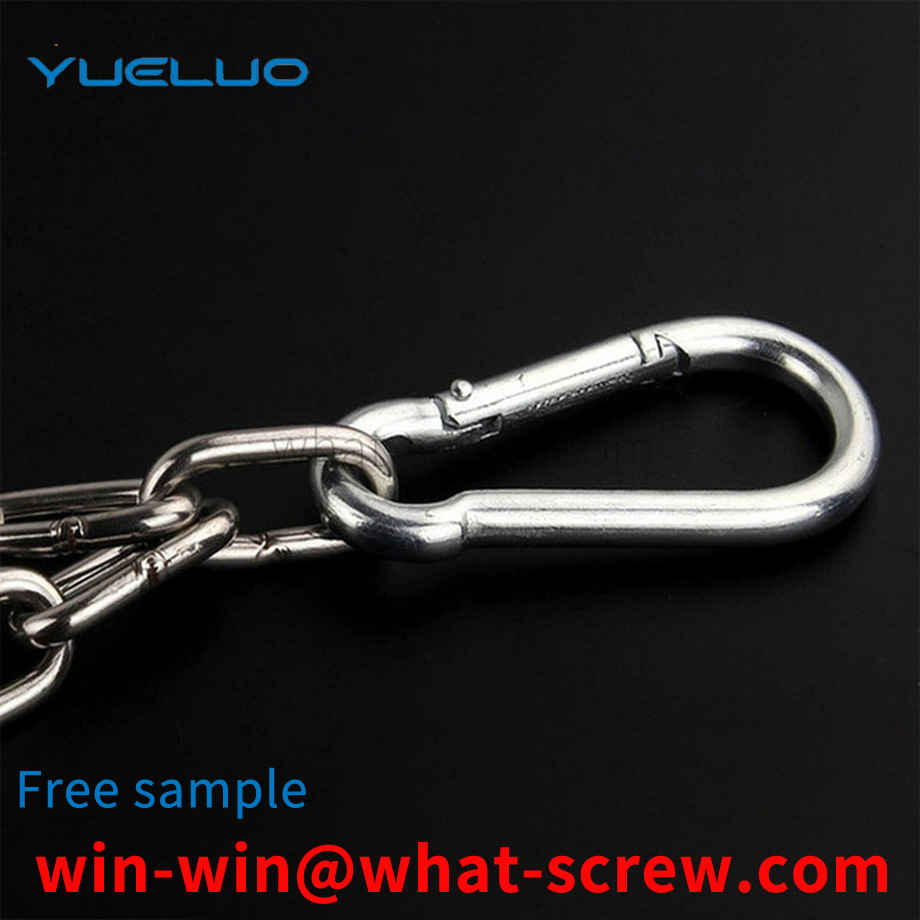
The above content is uploaded by Yueluo or the Internet. If there is any copyright issue, please contact [email protected].

What is the tolerance range of precision screws?

How to choose the right stainless steel screw manufacturer?

Why is there an R angle under the head of the hexagon head s...
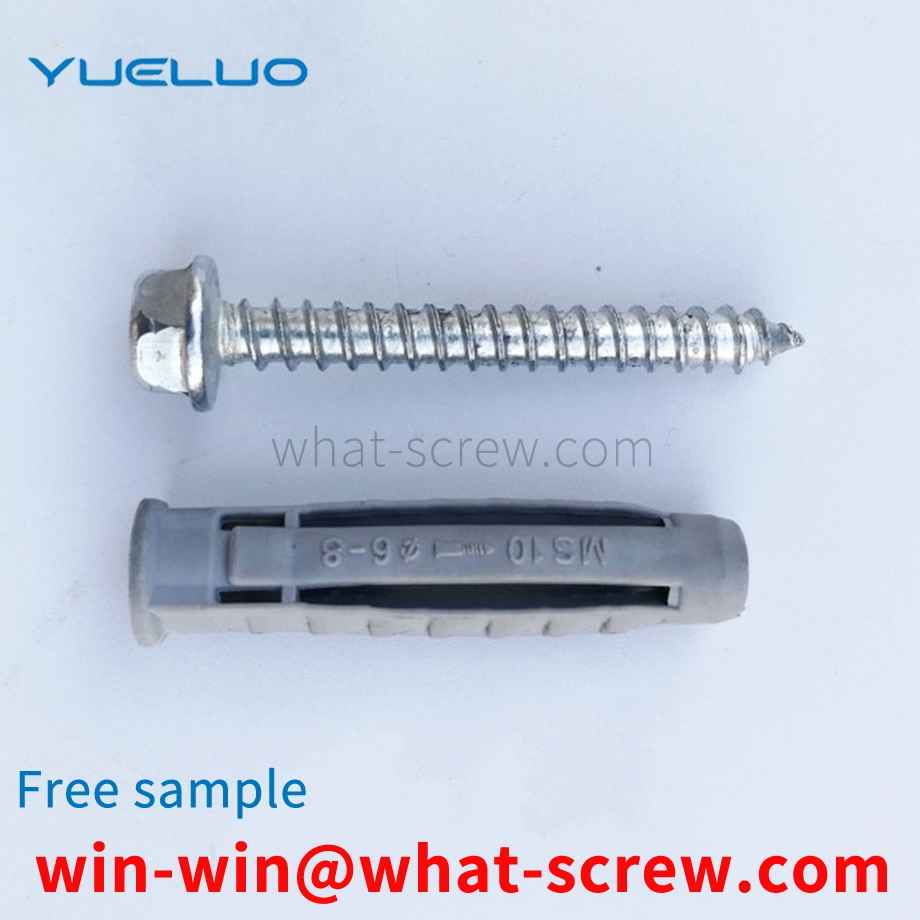
We have more than ten years of screw industry production exp...

We have more than ten years of experience in the production ...

We have more than ten years of production experience in the ...
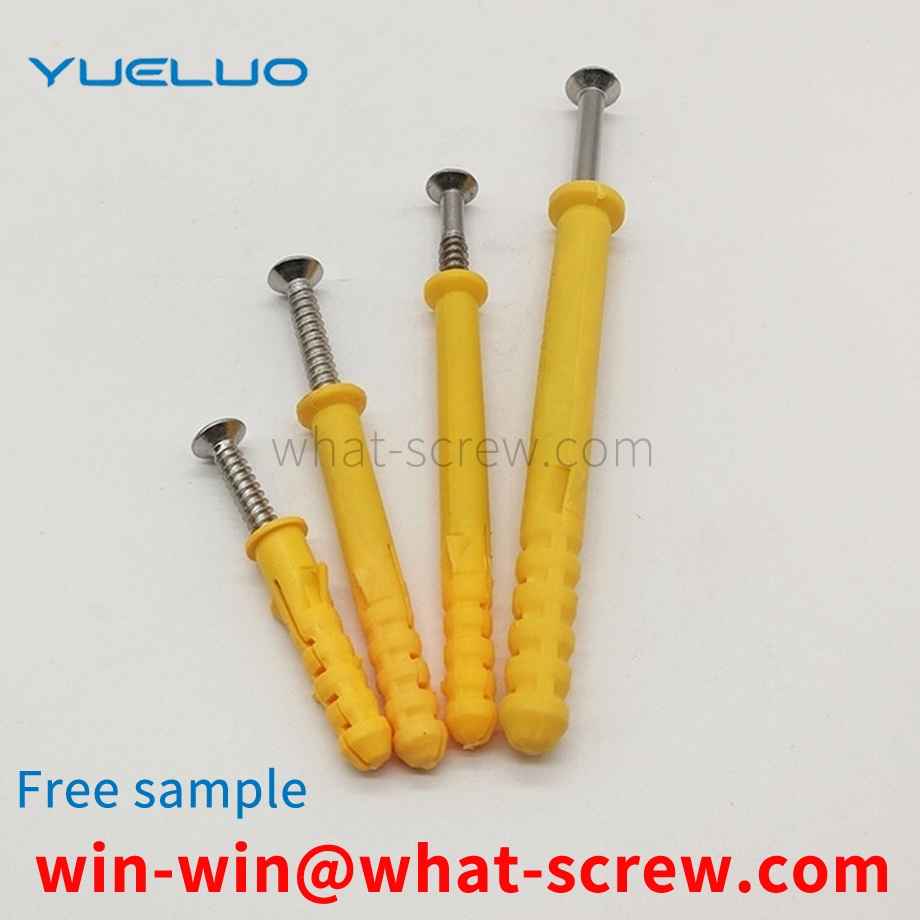
We have more than ten years of production experience in the ...